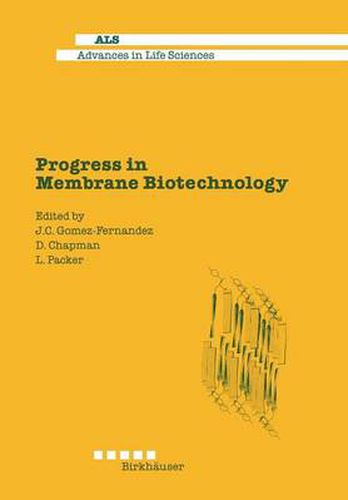Readings Newsletter
Become a Readings Member to make your shopping experience even easier.
Sign in or sign up for free!
You’re not far away from qualifying for FREE standard shipping within Australia
You’ve qualified for FREE standard shipping within Australia
The cart is loading…






This title is printed to order. This book may have been self-published. If so, we cannot guarantee the quality of the content. In the main most books will have gone through the editing process however some may not. We therefore suggest that you be aware of this before ordering this book. If in doubt check either the author or publisher’s details as we are unable to accept any returns unless they are faulty. Please contact us if you have any questions.
It is well known that basic science can trigger an invention of considerable technological and commercial importance. Indeed basic science and invention are often inextricably linked, each being able to catalyse the other. To engender such developments it is important that there should be good communication between the scientist and the technologist. The field of membrane biotechnology is a growing field where such communication is increasingly taking place and where new inventions are occurring. This book provides an overview of this developing field. It contains chapters by scientist and technologists working in the field of Membrane Biotechnology. The chapters cover the latest advances in basic science as well as some recent technological applications. The basic topics include the application of dynamic X-ray diffraction to lipid water systems, FTIR spectroscopy applied to membrane proteins, fluorescent analogues of phosphoinositides, studies of platelet activating factor, antibody binding to model membranes and phospholipase C induced fusion. The technological topics described include the development of new haemocompatible materials based upon biomembrane mimicry, new lung surfactant materials, drug delivery systems including liposomes and the development of new biosensors including Langmuir Blodgett films. The meeting showed that there are many other useful applications in the pipeline. The potential for new polymeric drug delivery systems, of ion selective systems based on the knowledge of ion-channel protein structures, of new plastics for cell growth and cellular engineering for artificial organs. These are among the interesting developments that are emerging in this field.
$9.00 standard shipping within Australia
FREE standard shipping within Australia for orders over $100.00
Express & International shipping calculated at checkout
This title is printed to order. This book may have been self-published. If so, we cannot guarantee the quality of the content. In the main most books will have gone through the editing process however some may not. We therefore suggest that you be aware of this before ordering this book. If in doubt check either the author or publisher’s details as we are unable to accept any returns unless they are faulty. Please contact us if you have any questions.
It is well known that basic science can trigger an invention of considerable technological and commercial importance. Indeed basic science and invention are often inextricably linked, each being able to catalyse the other. To engender such developments it is important that there should be good communication between the scientist and the technologist. The field of membrane biotechnology is a growing field where such communication is increasingly taking place and where new inventions are occurring. This book provides an overview of this developing field. It contains chapters by scientist and technologists working in the field of Membrane Biotechnology. The chapters cover the latest advances in basic science as well as some recent technological applications. The basic topics include the application of dynamic X-ray diffraction to lipid water systems, FTIR spectroscopy applied to membrane proteins, fluorescent analogues of phosphoinositides, studies of platelet activating factor, antibody binding to model membranes and phospholipase C induced fusion. The technological topics described include the development of new haemocompatible materials based upon biomembrane mimicry, new lung surfactant materials, drug delivery systems including liposomes and the development of new biosensors including Langmuir Blodgett films. The meeting showed that there are many other useful applications in the pipeline. The potential for new polymeric drug delivery systems, of ion selective systems based on the knowledge of ion-channel protein structures, of new plastics for cell growth and cellular engineering for artificial organs. These are among the interesting developments that are emerging in this field.